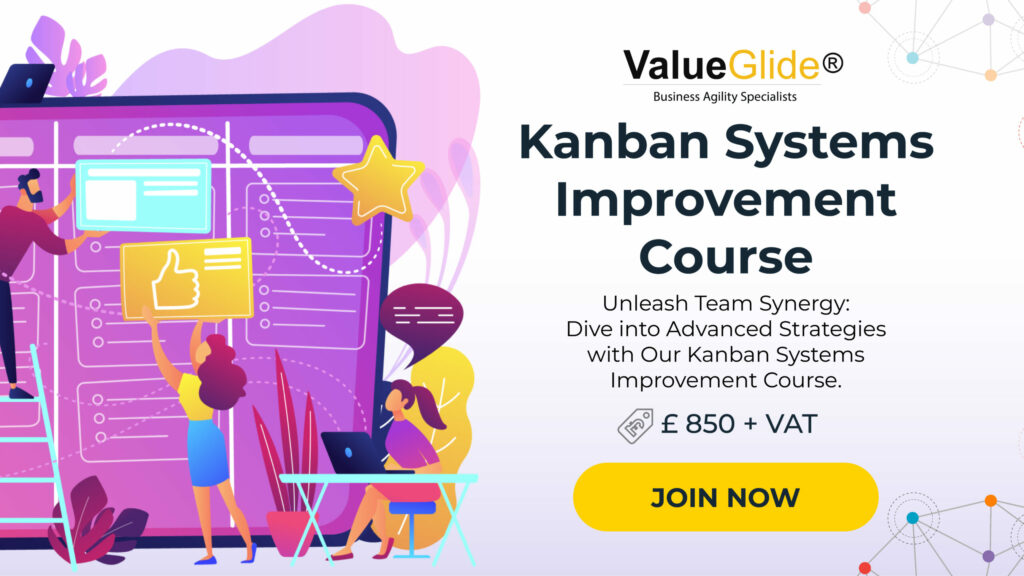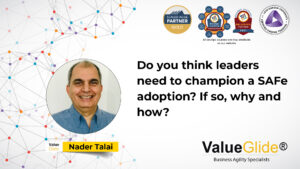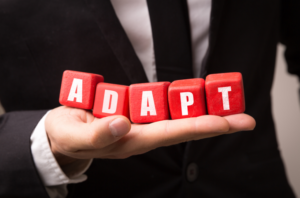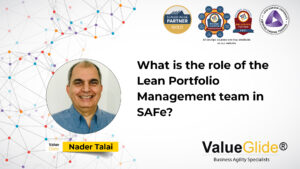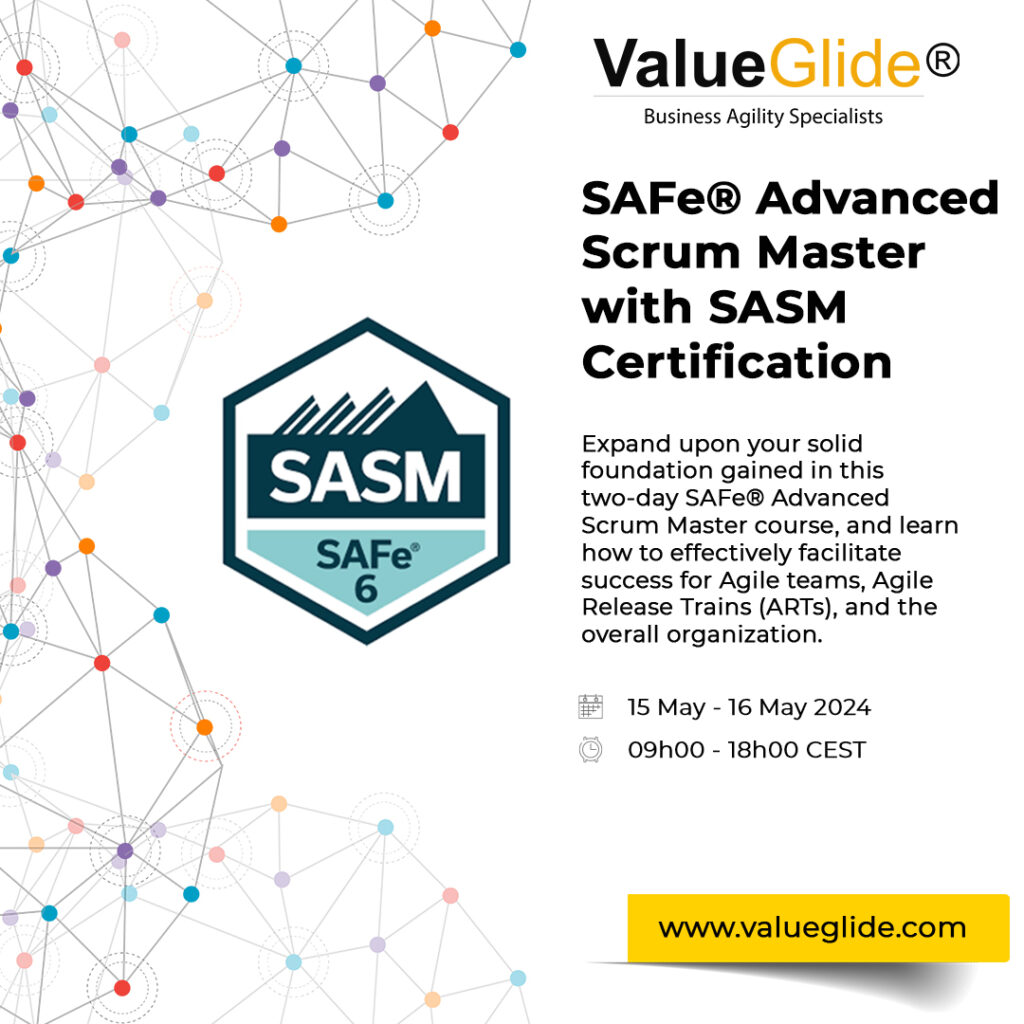How does a SAFe consultant gain buy-in from the agile team?
The first agreement must be centric to the idea of change. There must be a good, strong reason to change, and that reason must be urgent and compelling.
Without a good enough reason to change, no agile consultant is going to gain buy-in from the team.
Align teams with organizational objectives.
Often, agile is imposed on teams.
Executive and leadership teams observe disruption in the markets they serve and decide that the organization needs to shift from project management to product development. From long-term production cycles to short, rapid production cycles with continuous improvement in each iteration.
The business case is clear and compelling, but it isn’t understood at the department or team level, and so there is often resistance to a new style of working or an agile adoption.
Start with why.
In the words of Simon Sinek, start with why.
- Why should the team change?
- Why is the current style of working not helping the organization achieve their goals?
- Why is the current style of working not resulting in customer satisfaction and loyalty?
- Why is there a clear and compelling reason to improve?
And so forth.
Sure, we have an organizational line of reasoning for change and that is important, but we need to create a clear business case for change at the team and department level too. The team need to understand, clearly, why change is necessary and how that change will serve a purpose.
A good SAFe consultant will work to identify the problems at the team level and articulate them in a way that resonates with the team. Typically, there is:
- Overburdening of the team.
- Competing priorities.
- Lack of clarity around what is the highest priority.
- Lack of clarity around what contributes the highest value to customers.
- Lack of clarity around what contribute the highest value to the organization.
- Frustration with organizational policies that impede progress.
- Lack of clarity and congruency around incentives and remuneration.
- Multiple ways in which work is fed to the team, with senior managers pressurising teams.
And so forth.
Identifying and articulating these problems in the context of what needs to change will help the SAFe consultant achieve buy-in from the team.
Identifying and defining clear metrics for performance.
Most organizations aren’t clear about what great performance looks like, nor are there metrics and measures in place to identify whether a team is struggling and could use support or coaching.
If the manager isn’t shouting, the organization is happy. If the manager is shouting, the organization is unhappy. Sometimes, it’s as brutal as that in terms of feedback mechanisms.
A good SAFe consultant will work with the team, managers, and leadership to identify metrics and measures that indicate whether the team are doing a great job or whether additional support and assistance is required.
OKRs are a popular measurement system in the agile world as they focus on important objectives and the key results that indicate whether the team are on track to achieve those objectives.
Once the team have bought into the need for change, the metrics and measurements serve to inspire and motivate the team. They understand what is important, they understand how they serve a purpose, and they understand what success looks like.
Consistently achieving their goals and objectives means that they have become a high-performing team and the manager of that team now has a transparent methodology to campaign for rewards, incentives, and annual increases based on performance.
So, a good SAFe consultant will achieve buy-in from a team, and create an environment where employee satisfaction and happiness is likely to increase because of the change that has been adopted, not despite the change.
About Value Glide
Value Glide are a SAFe (Scaled Agile Framework) consultancy, coaching practice, and training specialist who work with organizations to align business objectives with customer needs and wants.
As deeply experienced agile coaches and practitioners, our team are invested in continuous learning through each client engagement and use the data and evidence we gather from each implementation to inform our training, coaching, and consulting services.
In a nutshell, empirical process control or empiricism.
If you are thinking of adopting agile within your organization and have identified SAFe as a great agile framework to adopt, implement and improve your business agility, visit our SAFe Quickstart ART Launch program page or view our SAFe Consulting Services page.
If you have identified a need for an agile coach and SAFe coach to help your organization adopt and implement SAFe, visit our SAFe Coaching Services page.
If you want to know more about SAFe and how to lead SAFe, visit our SAFE Training page for a host of options, from Leading SAFe to a SAFe Release Train Engineer course.
#SAFe #scaledagileframework #scalingagile #agile #agileframework #agilecoach
